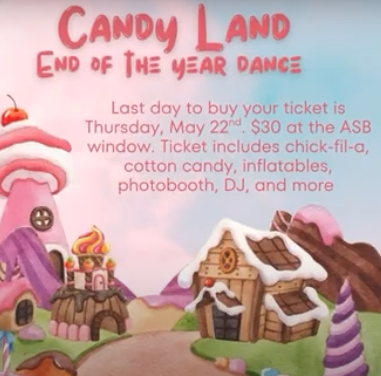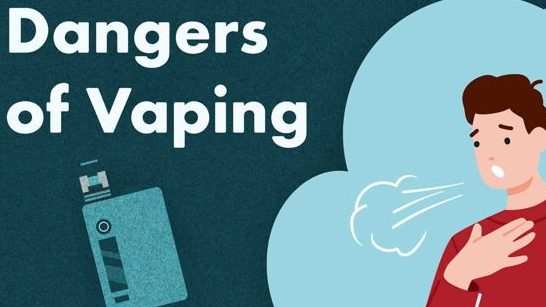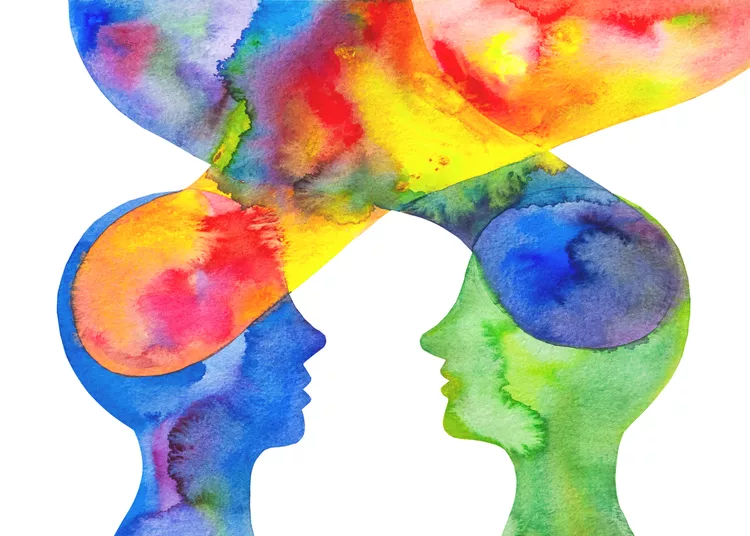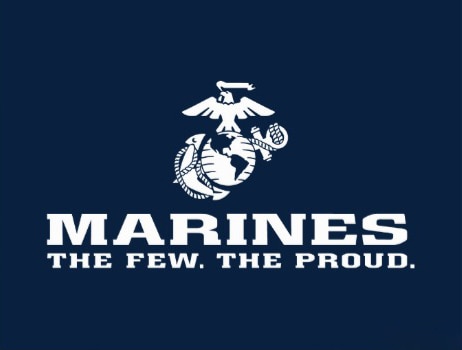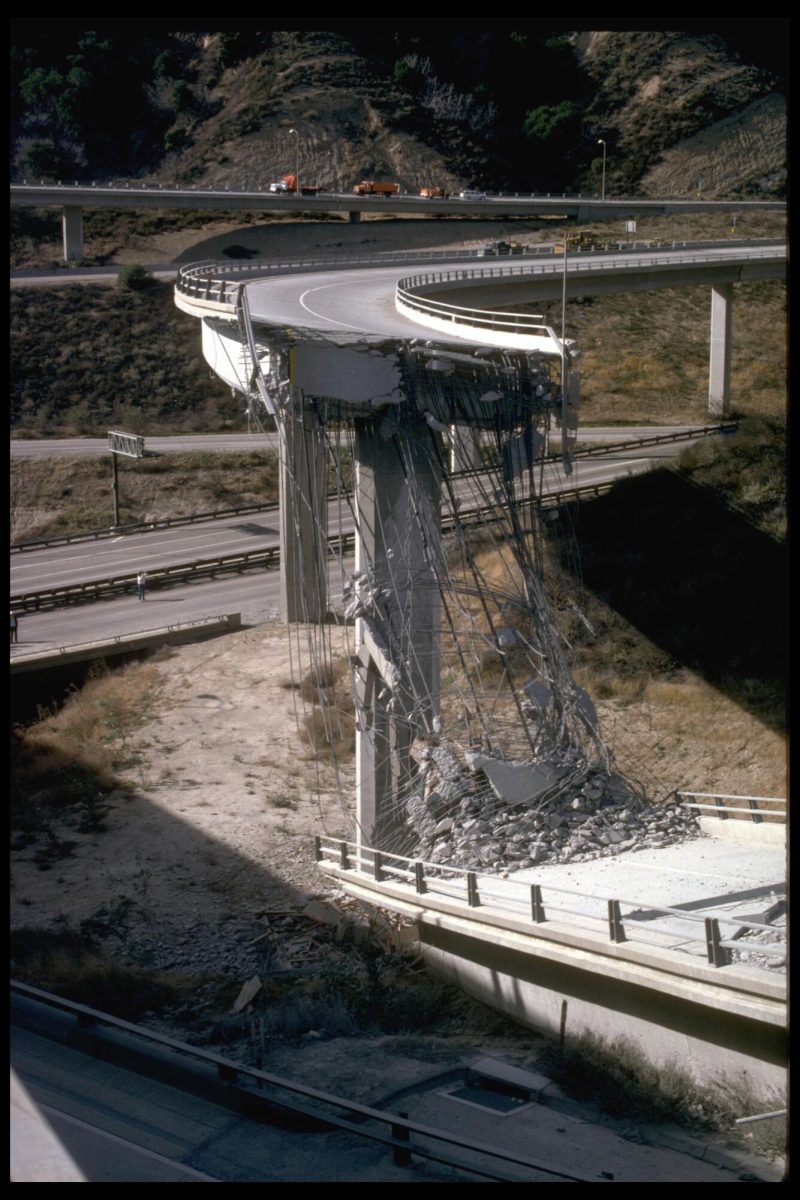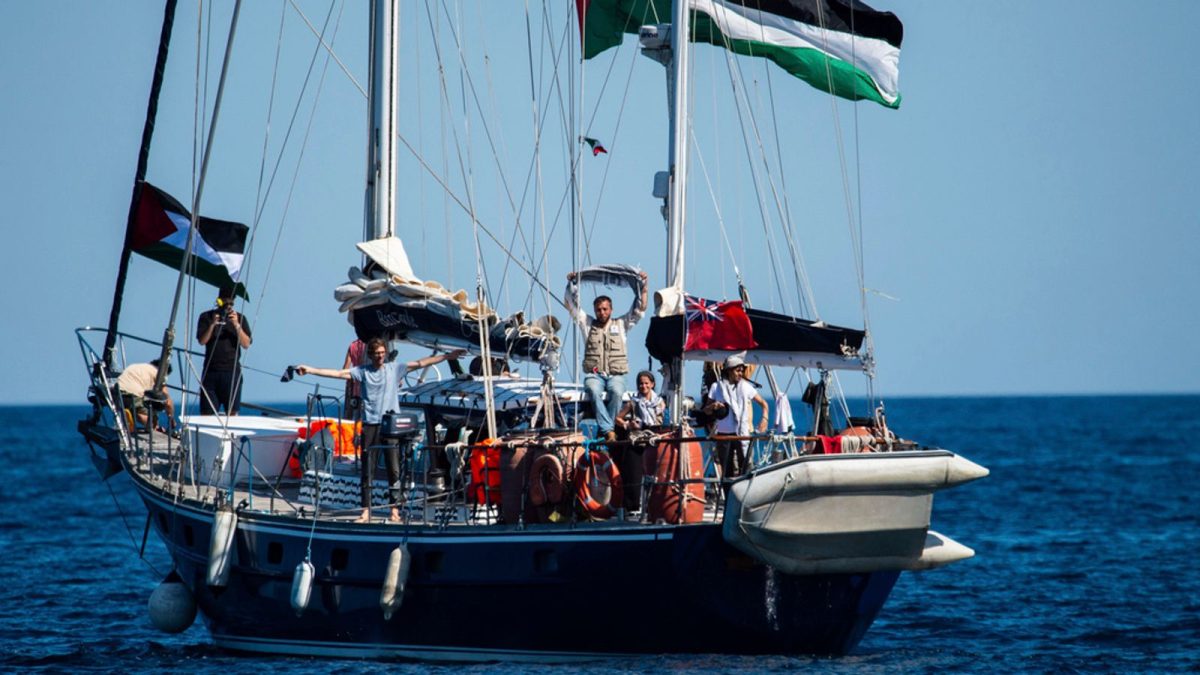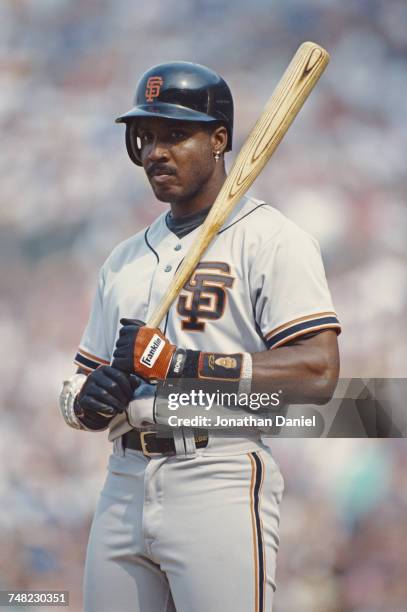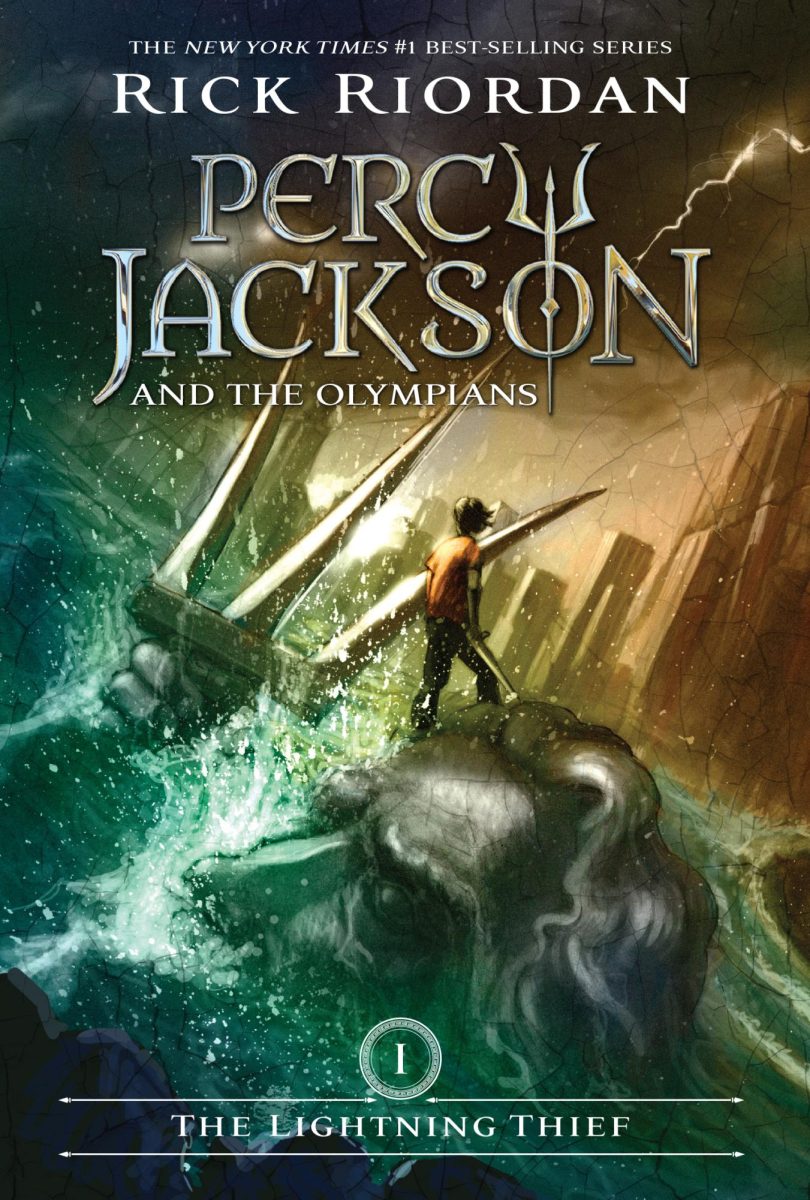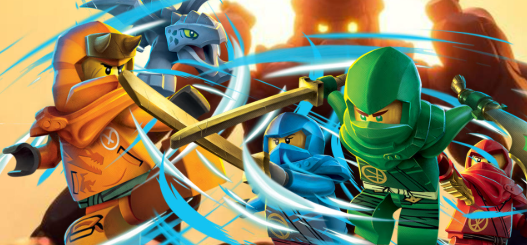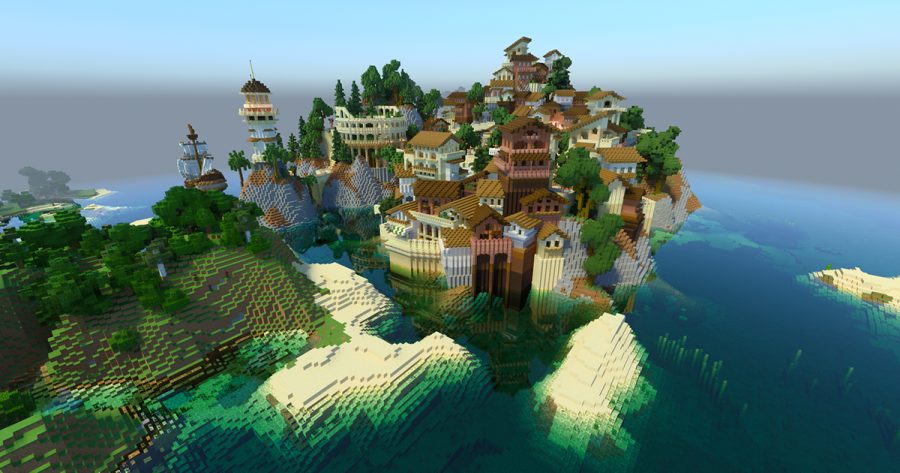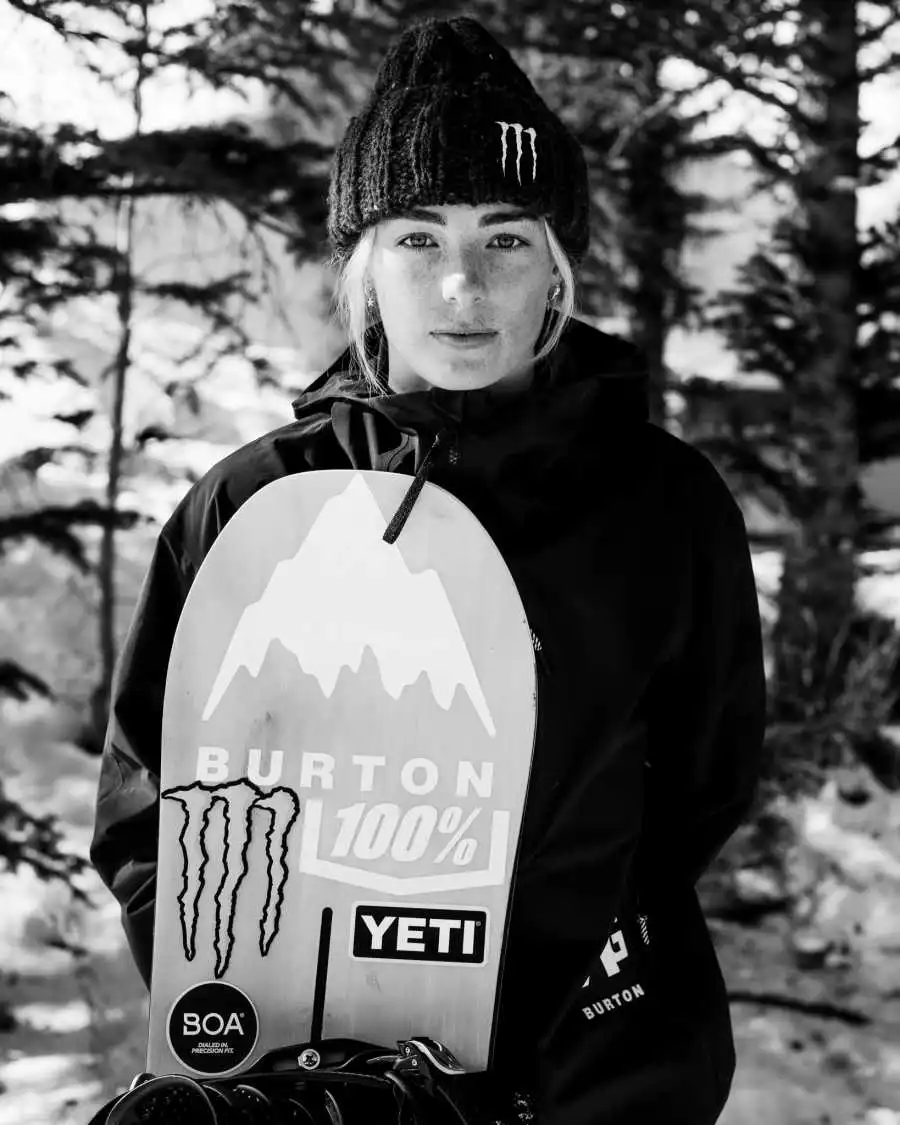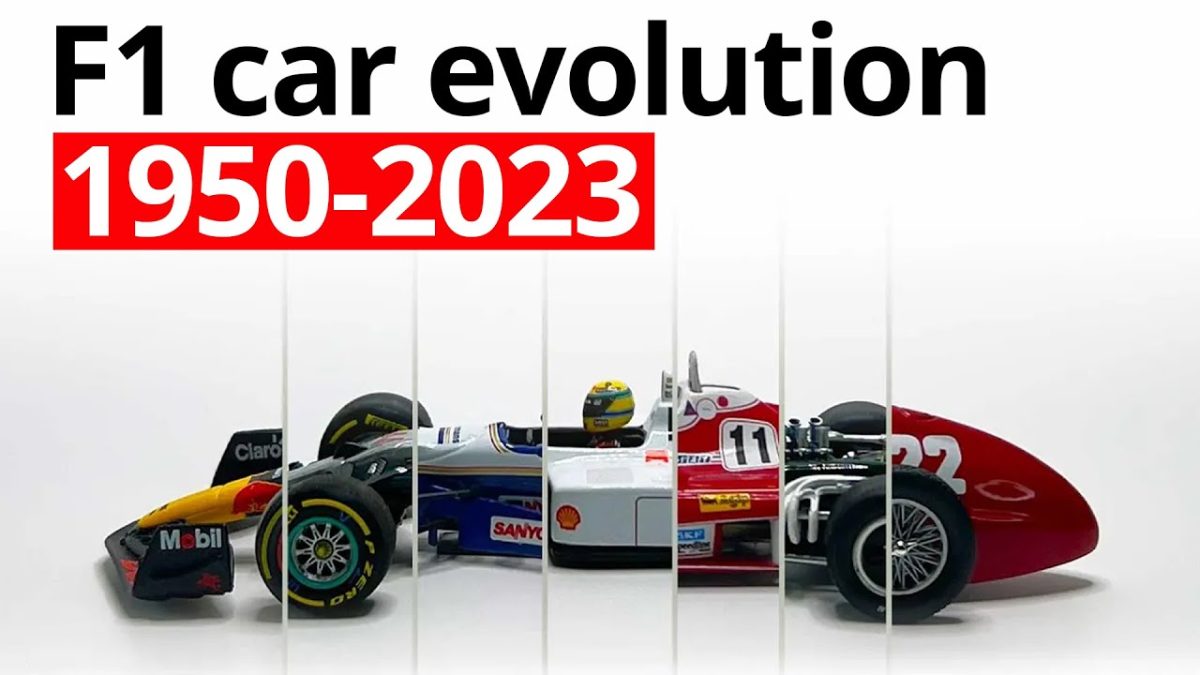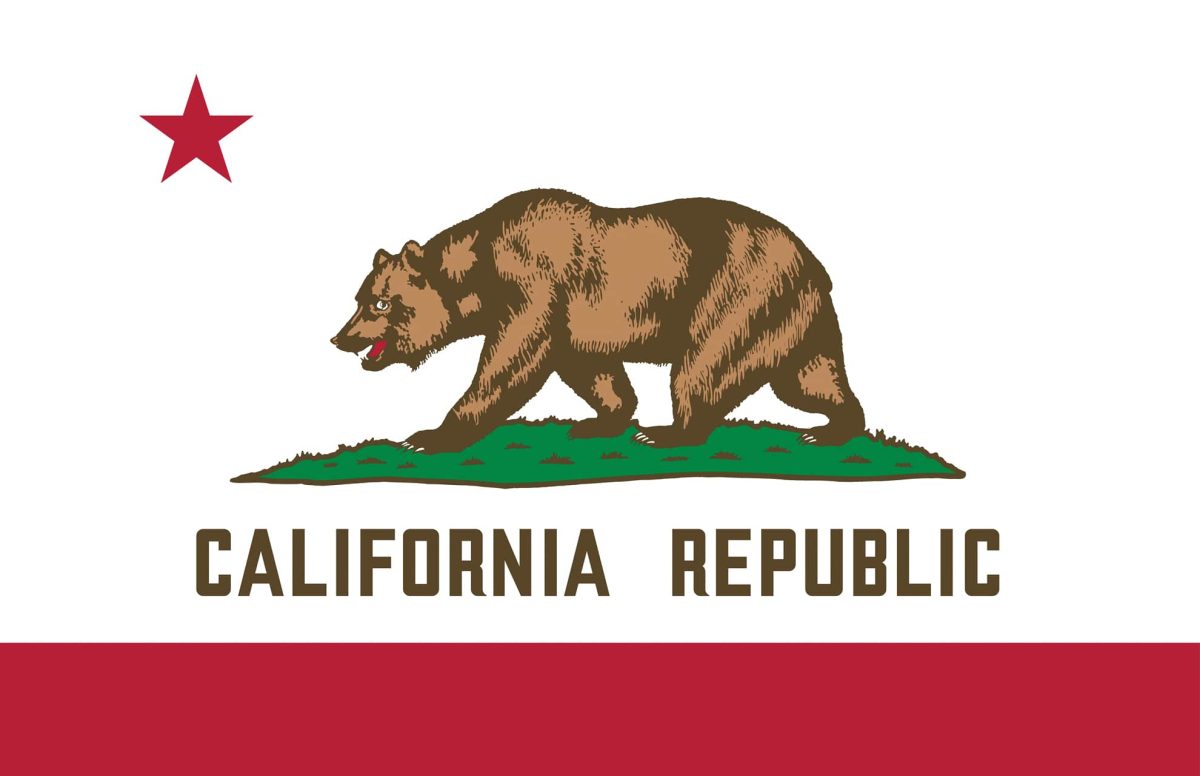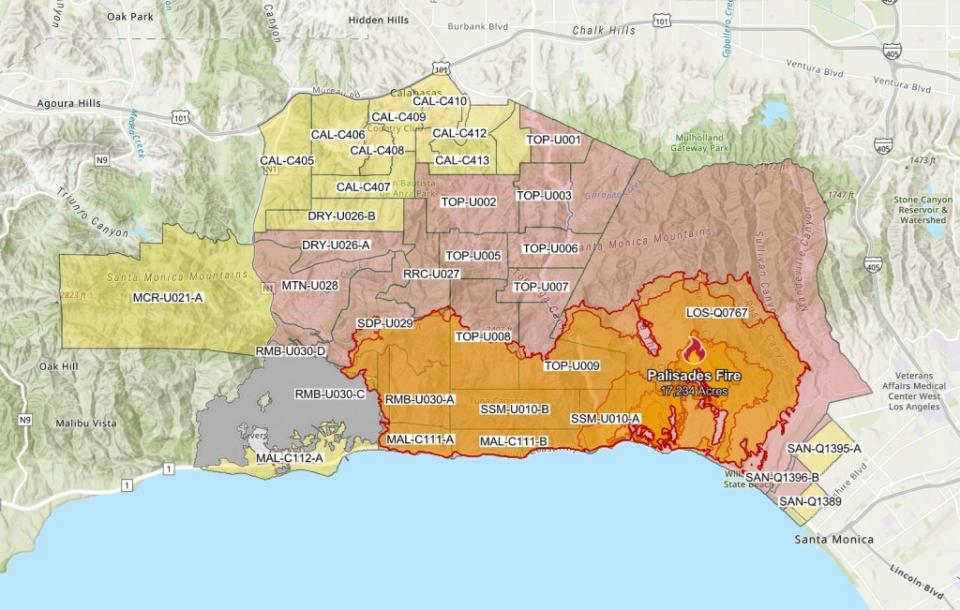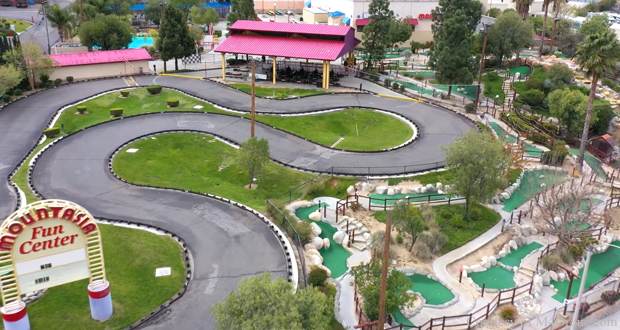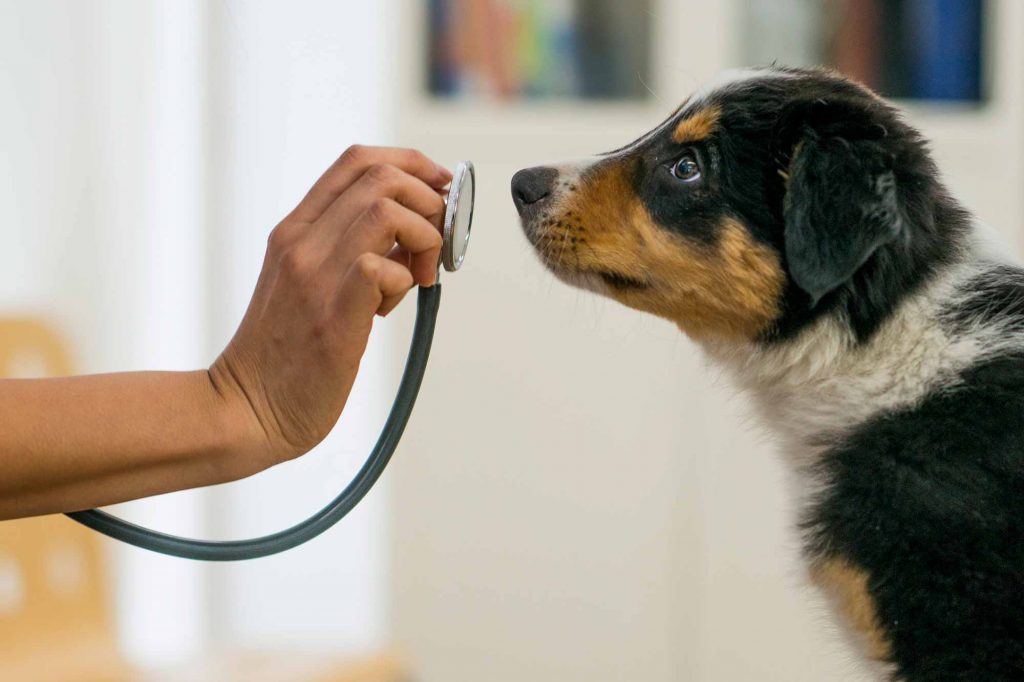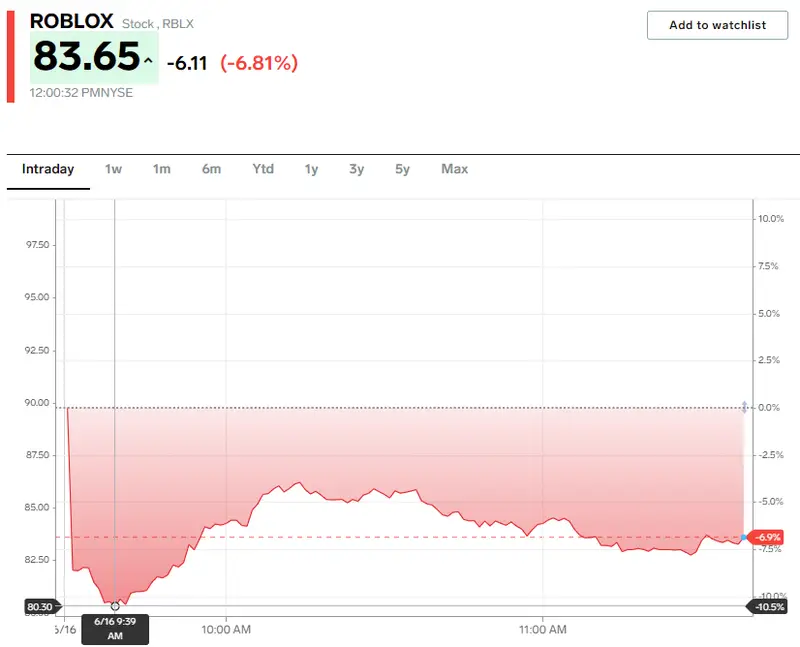The World’s First Cloned Przewalski’s Horse
May 15, 2023
Cloning sounds like something of the future, but you are mistaken. Cloning animals has been going on since 1984, which was 38 years ago. The main reason for cloning animals is to try and develop medicines for humans and for developing healthy offspring of animals. Though for Przewalski’s (Pronounced: “sheh-VAHL-skee,” “per-zhuh-VAHL-skee” or even “PREZ-VAHL-) horse Kurt, the case is different. Kurt was created for the sole purpose of reviving the endangered species of Przewalski’s horses.
After the DNA of a male Przewalski’s stallion was cryopreserved (the process of cooling and storing cells) 42 years ago, Kurt was created. He was born in a cloning facility and was brought to the San Diego Zoo in March 2021. This was so Kurt could thrive and eventually reproduce to keep the Przewalkski’s horse species alive. The endangered Przewalski’s horse species has only 1,900 horses. Kurt is now happily living at the San Diego Zoo.
Cloning is a topic that not many students might be aware of, but are teachers aware? Mrs. Zide, a science teacher at Rio says that she wasn’t aware of the Przewalski’s horses getting cloned. Though she knew that “…scientists have been working on cloning animals for several decades.” Mrs. Zide lastly says, “Cloning has the possibility to unlock medical cures and treatments that we may not otherwise have. However, I think it is also something to be careful with since all living organisms should be treated humanely and with care. Science often requires mistakes to be made before we reach the final goal (that’s part of the scientific method!), and cloning is no exception.”
Oliver Ryder was born on December 27, 1946, and is one of the leading people to help bring Kurt to life. He has a Ph.D. and is the Kleberg Endowed Director of Conservation Genetics at the San Diego Zoo Wildlife Alliance. His job is to oversee and guide efforts in the field of genetics at San Diego Zoo. He contributed key studies related to conservation management efforts for the Przewalski’s horses. “Now, the living cells in the Frozen Zoo are contributing to reversing losses of genetic diversity and contributing to population sustainability,” Ryder says to express what can happen after cryopreserving DNA.
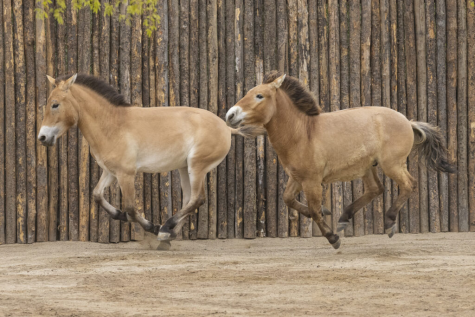
Kurt the horse is not just living at the San Diego Zoo, he’s thriving. A companion that is helping Kurt on his journey to acting like a real horse is Przewalski’s horse, Holly. Since Kurt wasn’t born into a herd, he doesn’t know the unique behavioral language of Przewalski’s horse. This is where Holly comes in to first try and socialize with Kurt. Holly is a young horse of Kurt’s species. Now with Holly’s help, Kurt is learning the language of wild horses. Though another reason for the introduction of Holly is the hope that they can both help to revive their species’ population.
Kurt was a success and brought hope to the scientists trying to revive this species. Which led them to clone another Przwalski’s horse in 2023. This horse is not named yet, but it was created from the same DNA as Kurt. This makes these horses genetic twins. Scientists now hope that thanks to these horses, they can become the first cloned animals to revive an endangered species.
While cloning animals has been going on for almost 4 decades, the cloning of Przewalski’s horse Kurt is still a big accomplishment. This is because now there is a new reason for cloning animals. This helps open up the path for more cloning in the future which comes along with new reasons. This reason for cloning is to revive the endangered Perzewalski’s horse species, and Kurt is just the start of this project.

